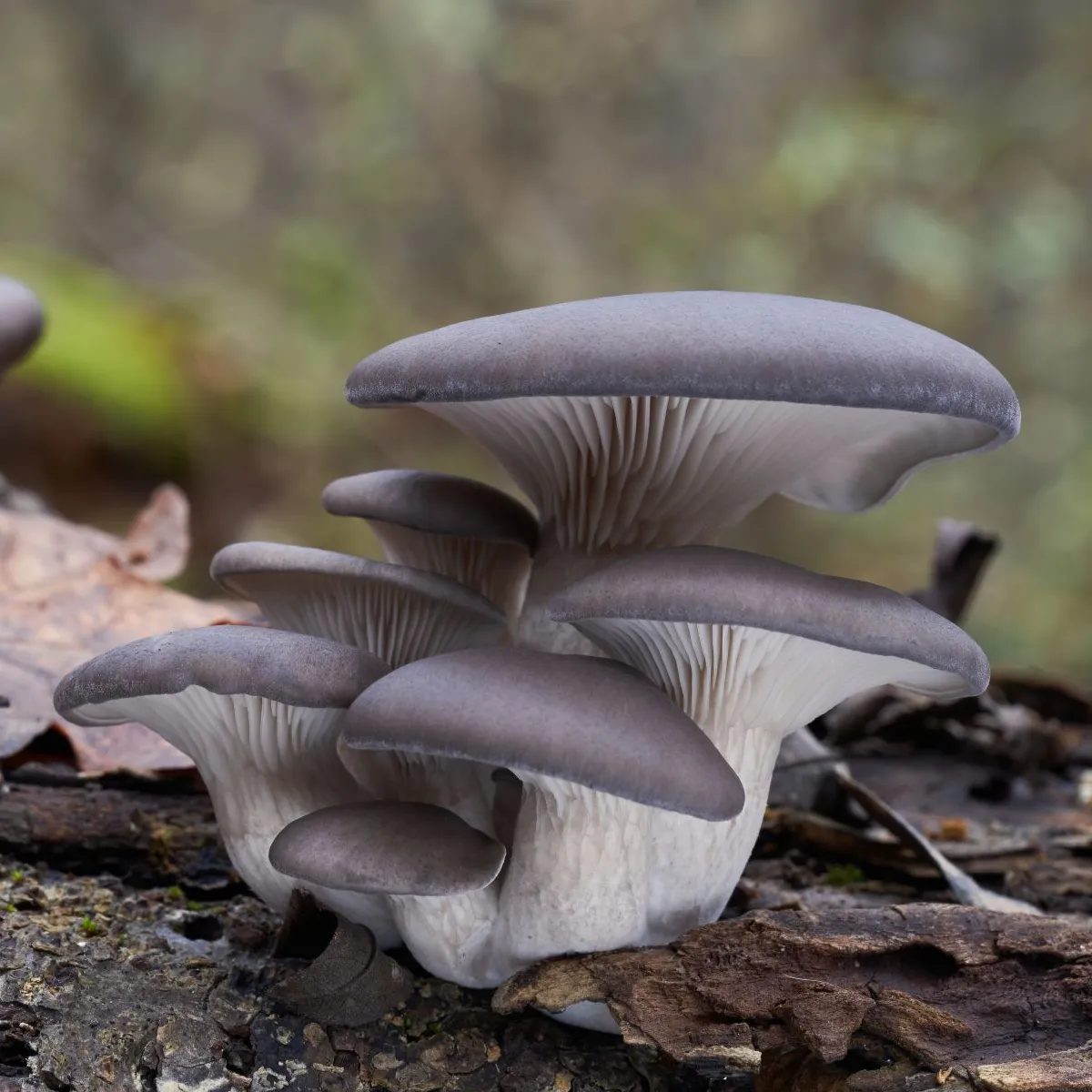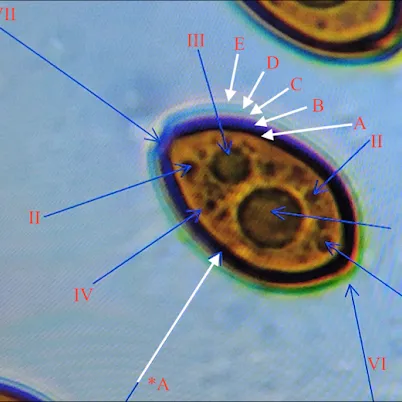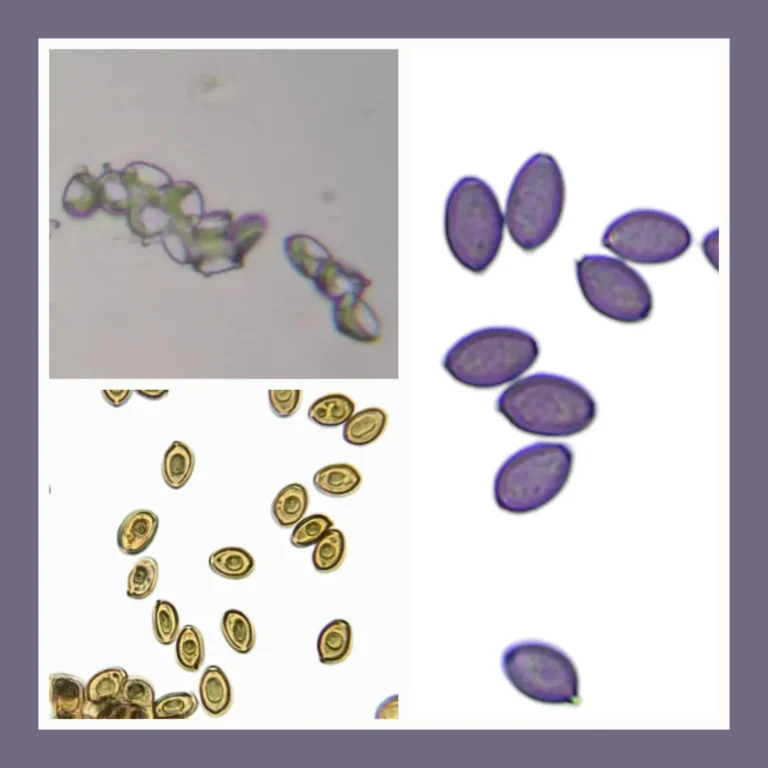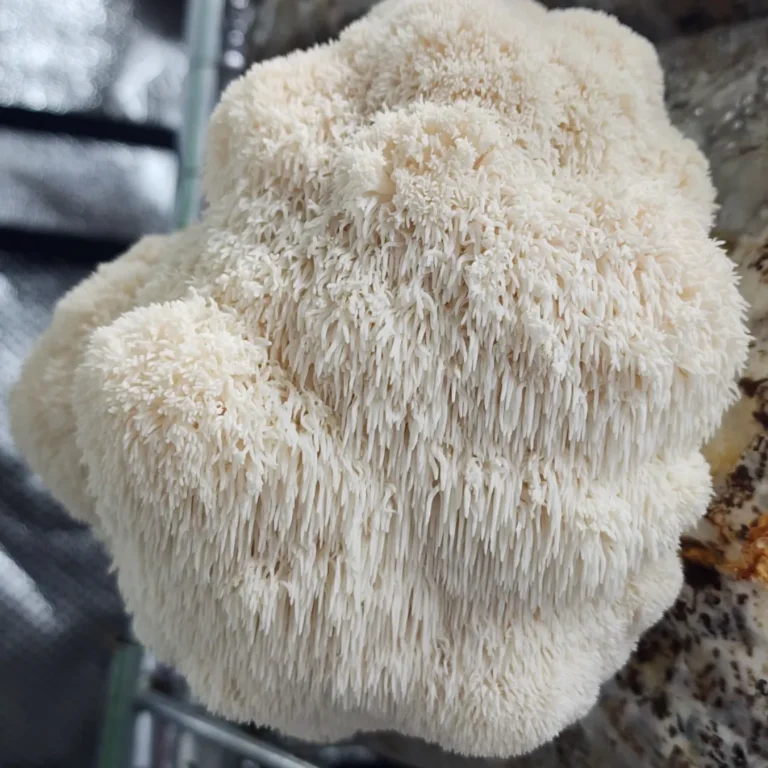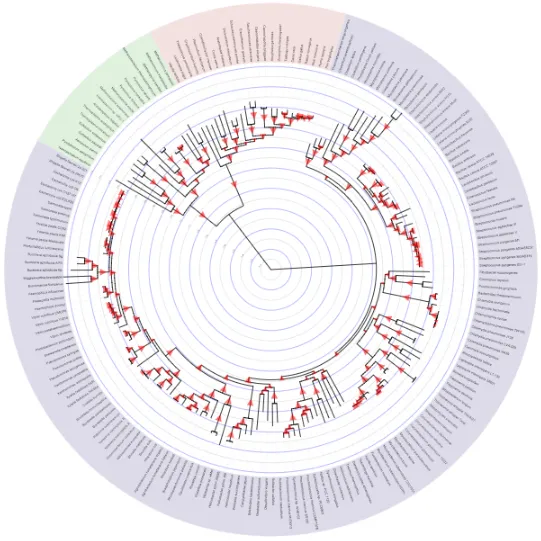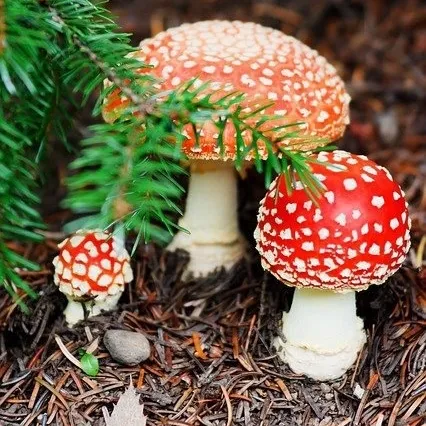Oyster Mushrooms: Bioremediation Champions for a Cleaner Environment
More Than a Culinary Mushroom
Oyster mushrooms (Pleurotus ostreatus) are often celebrated for their delicate flavor and versatility in the kitchen. Yet beyond their role as a gourmet ingredient, they serve a much greater purpose. These fungi are environmental powerhouses with the remarkable ability to clean polluted ecosystems. Through their enzymatic toolkit and expansive mycelial networks, oyster mushrooms demonstrate how fungi can serve as natural allies in the fight against environmental degradation.
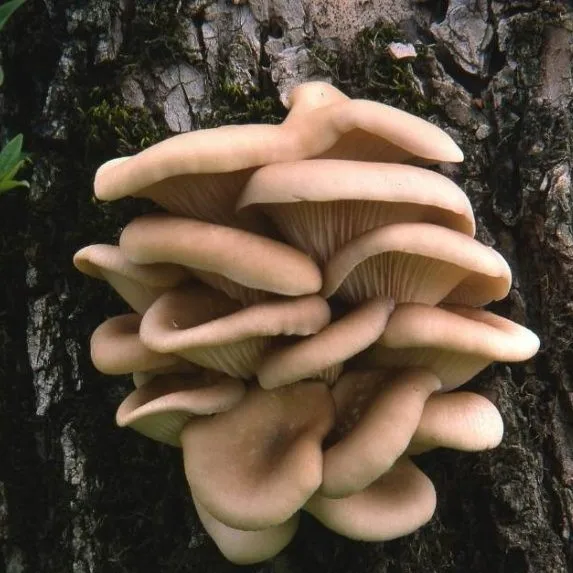
The Science Behind Oyster Mushroom Bioremediation
Bioremediation is the process of using living organisms to neutralize or remove pollutants. Oyster mushrooms excel in this field thanks to their production of powerful extracellular enzymes such as:
- Laccases – break down complex aromatic compounds.
- Peroxidases – degrade toxic chemicals, including dyes and hydrocarbons.
- Cellulases – recycle plant material and improve soil structure.
These enzymes allow oyster mushrooms to transform harmful substances like petroleum hydrocarbons, pesticides, and industrial waste into simpler, less toxic compounds. In doing so, they not only detoxify contaminated areas but also recycle organic matter, returning nutrients to the soil.
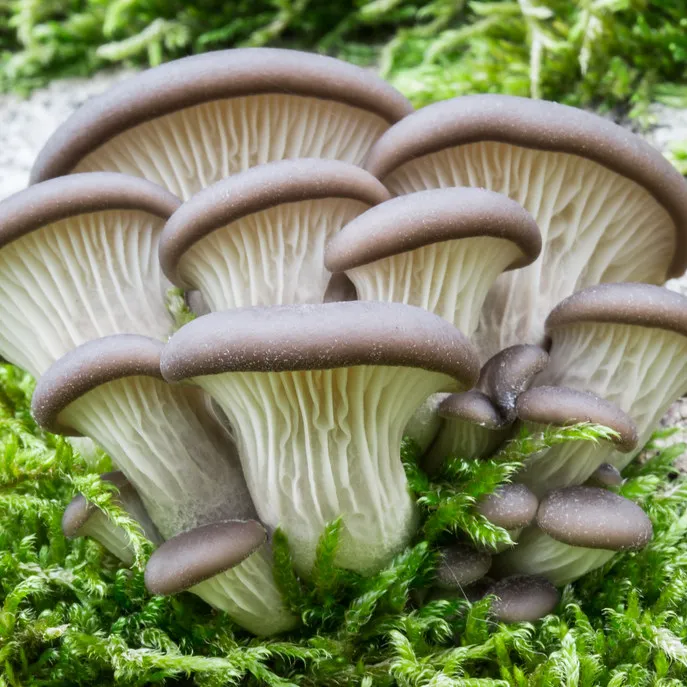
Cleaning Up Oil Spills with Mycelium
One of the most dramatic demonstrations of oyster mushroom bioremediation comes from oil spill studies.
- In Ecuador, researchers observed that oyster mushrooms degraded up to 90% of petroleum hydrocarbons within 120 days.
- In Iran, similar trials revealed a 50–70% reduction in total petroleum hydrocarbons (TPH) in just 35 days.
These findings suggest oyster mushrooms could play a vital role in responding to oil contamination—offering a low-cost, sustainable alternative to traditional cleanup methods that often rely on chemicals.
Removing Heavy Metals from Soil
Hydrocarbons are not the only pollutants that oyster mushrooms can tackle. They are also capable of accumulating and reducing heavy metals in contaminated soil.
- In India, experiments showed oyster mushrooms removed up to 70% of heavy metals in 60 days.
- In the Philippines, they achieved removal rates of 74% for lead and 79% for copper.
These results are especially promising for regions affected by mining, industrial waste, and urban runoff. By removing toxic metals, oyster mushrooms create safer conditions for plants, animals, and humans alike.
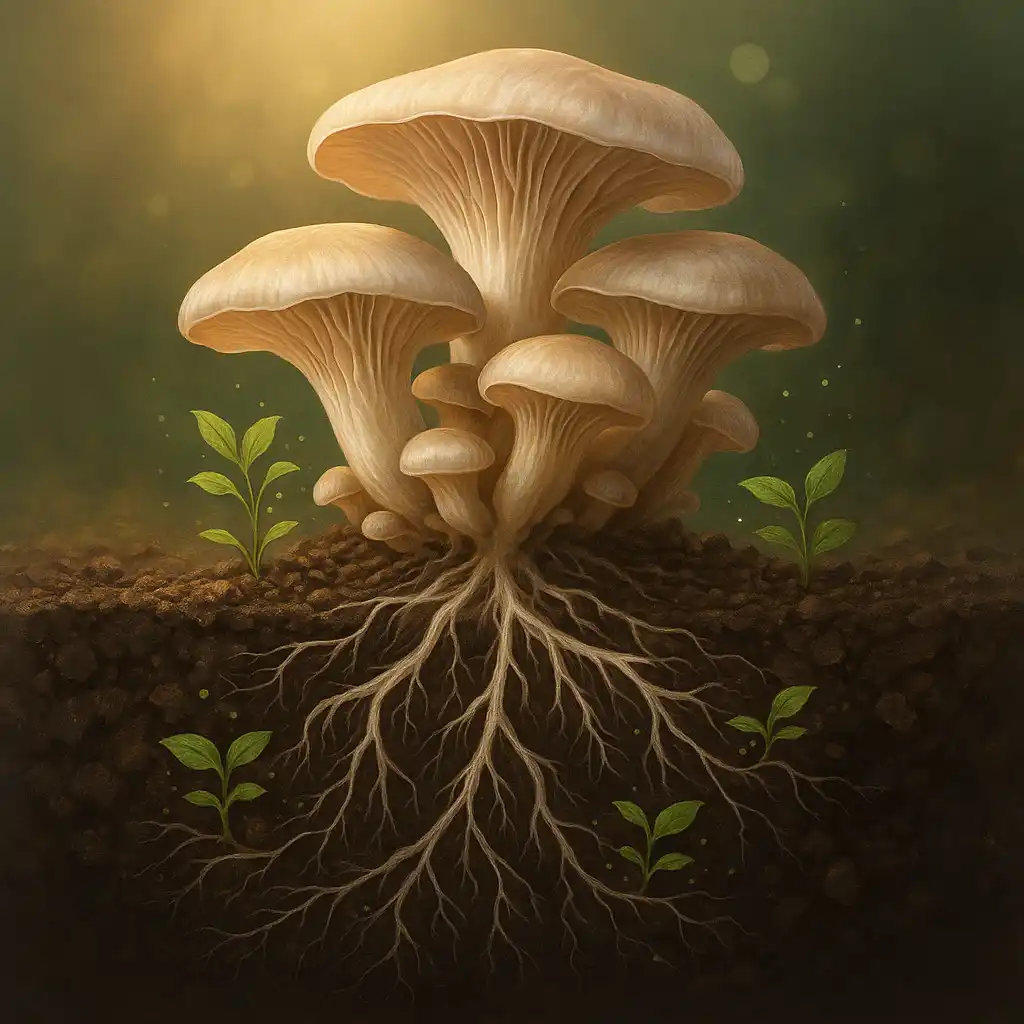
Enhancing Soil Health Through Mycelium
While oyster mushrooms can clean toxins, their impact on soil health extends further. Their expansive mycelial networksbind soil particles together, reducing erosion and improving water retention. This structural improvement strengthens the soil’s ability to resist drought and flooding.
Mycelium also fosters biodiversity below ground. It creates habitats for beneficial bacteria and other microorganisms while cycling nutrients back into the ecosystem. In this way, oyster mushrooms act as both cleaners and builders—removing pollutants while restoring the vitality of degraded soils.
Why Oyster Mushrooms Stand Out
Many fungi produce enzymes, but oyster mushrooms are especially adaptable. They can thrive on a wide variety of substrates, from agricultural waste to contaminated soil. Their resilience makes them an accessible tool for bioremediation projects worldwide, including in communities with limited resources.
Additionally, oyster mushrooms are fast-growing and relatively easy to cultivate. This means remediation projects can be scaled up without requiring years of preparation. The combination of accessibility, effectiveness, and ecological benefit places them at the forefront of fungal solutions for pollution.
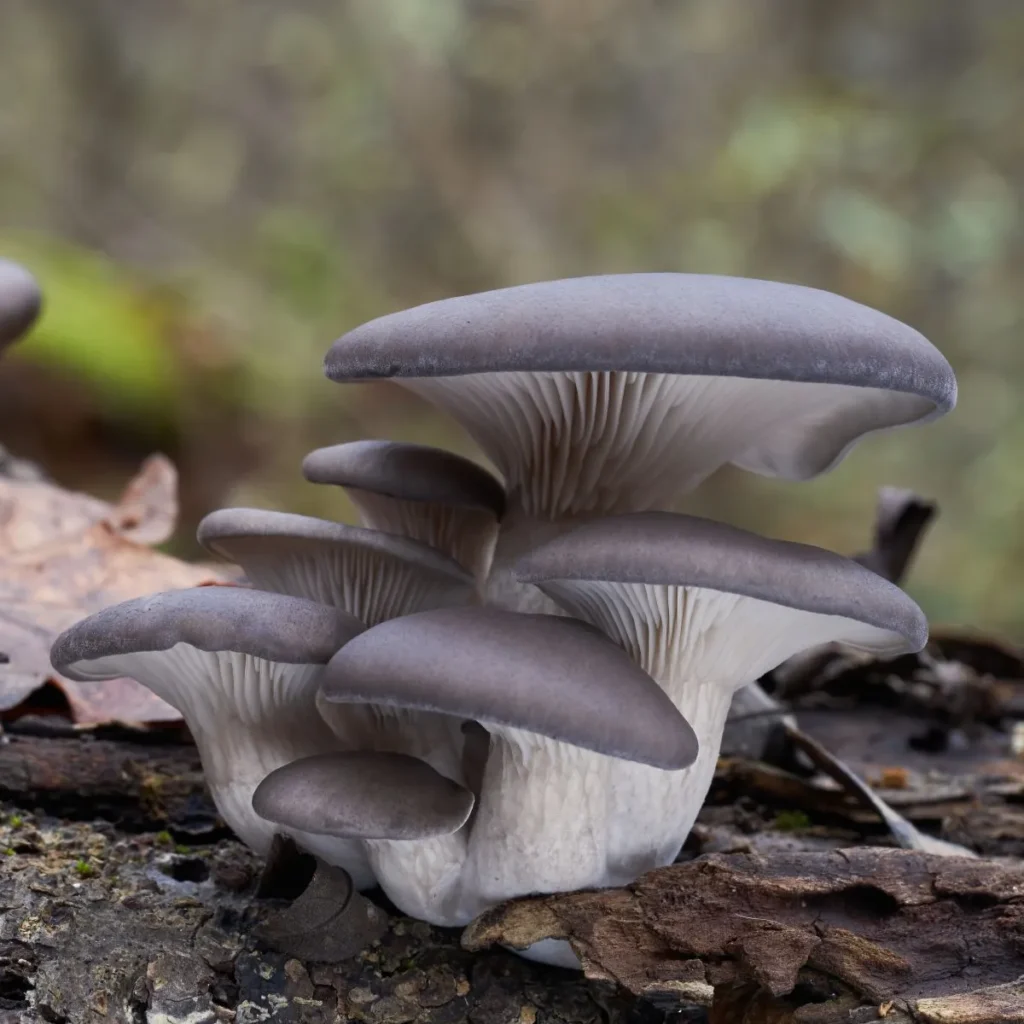
The Future of Fungi in Environmental Protection
As research continues, the potential applications of oyster mushrooms grow. Future studies may uncover how these fungi can help:
- Neutralize plastics and synthetic chemicals.
- Restore lands degraded by mining or industrial activity.
- Support large-scale ecological restoration projects.
Each discovery reaffirms a profound truth: fungi are not passive organisms in the background of ecosystems. They are active engineers of resilience and recovery.
Closing Thoughts
Oyster mushrooms remind us that solutions to modern environmental challenges may already exist in nature. With their unique enzymes and robust mycelial networks, they can break down pollutants, restore soil health, and support biodiversity.
From cleaning oil spills to reducing heavy metals, Pleurotus ostreatus offers a glimpse into a future where fungi play a central role in environmental stewardship. These mushrooms are not only food for the table but also healers of the Earth itself.
Stay updated on innovative uses of fungi in environmental science on Basidium Equilibrium.

